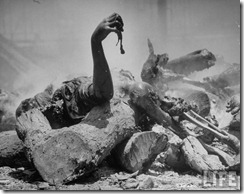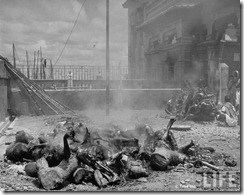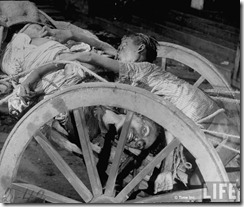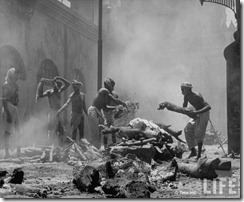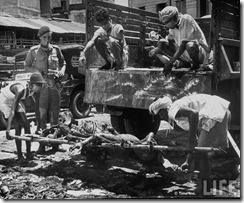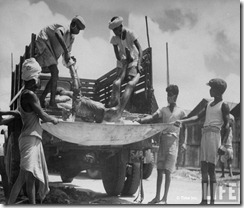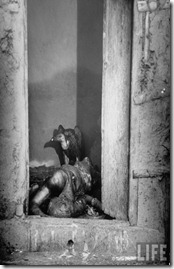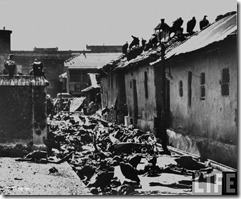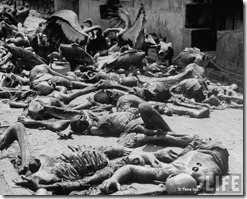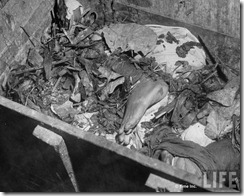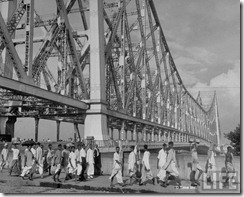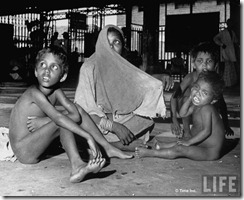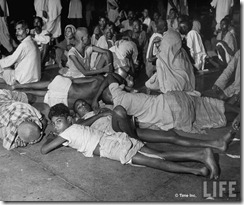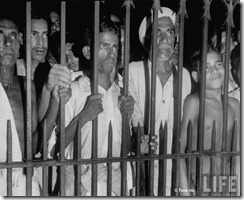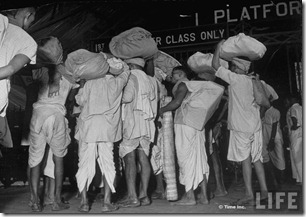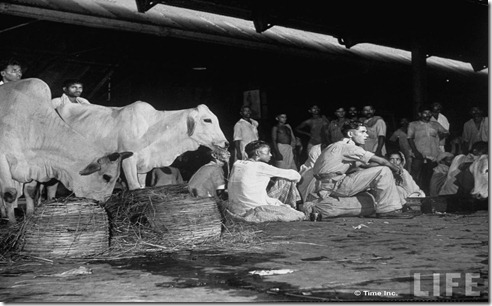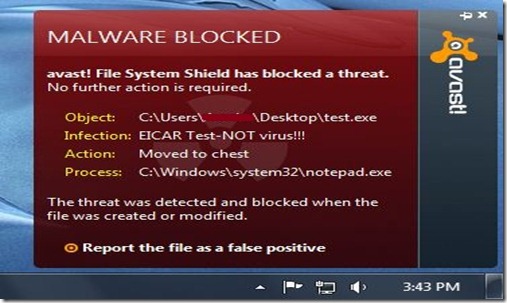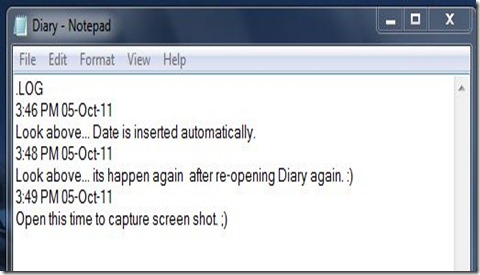By: Sandeep Unnithan & Kiran Tare with Amarnath K. Menon, Bhavna Vij-Aurora & Mihir Srivastava
Published: September 16, 2011 / India Today
One week after a blast ripped through the Delhi High Court premises killing 17 people, sleuths from the National Investigation Agency (NIA) and the National Security Guard are yet to decide on the type of explosive used. Forensic laboratories in Delhi, Chandigarh and Hyderabad gave three different reports on the bomb component. The Union home ministry has now sent the reports to a fourth laboratory at Gandhinagar to 'reconcile' the findings.
Barely had the smoke cleared when the Delhi Police released sketches of suspects that were so laughably obscure that if taken seriously, could have led to the detention of large numbers of the city's adult male population. If that wasn't enough, a frenetic blame game began between the home minister and the Lt Governor, both of whom control the city police. P. Chidambaram insisted Lt Governor Tejendra Khanna had been warned of an impending attack. Khanna denied having received any warning. The NIA swung in and arrested four persons from Kishtwar, Jammu and Kashmir for sending a threatening email soon after the blast from a cybercafe. It turned out that they were schoolboys from a nearby higher secondary school. This was the scene in the capital, which got a shot in the arm with a Rs 1,350-crore police modernisation grant in 2009 ahead of the Commonwealth Games.
The situation is no different in Mumbai. In the July 13 blast that killed 26 persons, forensic teams were unable to even reconstruct the bomb because at least two agencies walked away with fragments. Both unsolved blasts have left the police groping in the dark and citizens wounded.
India's police force is in disarray. Years of accumulated neglect have resulted in a force barely able to respond to a 10.9 per cent increase in crime each decade. It is incapable of an effective response to threats like terrorism. Six bomb attacks in 18 months still remain unsolved. The 20 lakh-strong force is short of nearly 5 lakh policemen. It will take another decade to make up this shortfall. India already has among the world's worst police to public ratios. Just 128 policemen per 100,000 population (the UN mandates a minimum of 222 policemen). Yet as internal security expert Ajai Sahni points out, a manpower surge may not be enough. "Police need to transform their profile through better training, equipment, orientation and deployment."
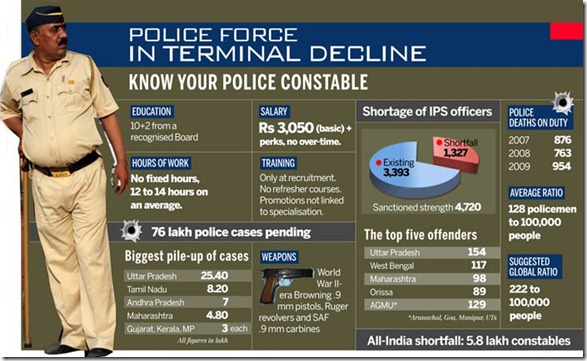
But the police are starved of budgetary support and consequently invest little in training and even basic crime-fighting technology like facial recognition software to create police sketches. Corruption has now become so endemic that the police, the first responders, are seen as unapproachable. In fact, as the arrests in the Malegaon blast case in 2006 show, the ordinary citizen may no longer be safe. Days after the September 8, 2006, Malegaon blasts which killed 36 people, the Maharashtra Anti-Terrorism Squad (ATS) arrested six Muslim youths. The case changed hands from the ATS to the CBI and now finally, the NIA. The six youths have been in the Arthur Road jail for over five years without bail despite there being no evidence to convict them.
The Constitution says law and order is a state subject and states zealously guard this turf. They go to the extent of disobeying the Supreme Court which has pushed for police reforms-its landmark 2006 verdict asked states to break away from the outdated Indian Police Act of 1861 and implement a new Model Police Act. These changes include greater autonomy for the police, security from transfer raj and a police commission for merit-based appointments. In 2010, the court issued showcause notices to the worst offenders-Karnataka, Maharashtra, Uttar Pradesh and West Bengal-who refused to implement reforms. On September 15, heads of all state police forces will converge in Delhi for a three-day annual conference. The problems are known, the solution evades implementation.
Never Ready
The Mumbai police does not have a Total Containment Vessel (TCV) a hemispherical steel container that is mandatory for bomb disposal. Here is what police will do when confronted with a bomb emergency: dial the Chhatrapati Shivaji International Airport to bring in their TCV. It will take them at least two hours to drive this five-tonne equipment to south Mumbai through traffic.
A corruption scandal has stalled the purchase of Mumbai police's TCV. The police paid Rs 6.5 crore for the vessel in 2008; Mumbai International Airport Ltd, the private consortium which runs the airport, bought one for Rs 4 crore. When the disparity was noticed, the state government stopped the procurement. Nobody has been held accountable. State Home Minister R.R. Patil says the Mumbai airport will loan the TCV to the police. This is not the only instance of terror preparedness being compromised by corruption. In 2010, the Mumbai police bought 12 bomb disposal suits at inflated prices. A PIL has stalled their acquisition. The suits lie in a godown in Malad.
Corupt To The Core
There is a good reason why the police are perceived to be among the most corrupt government departments. In Maharashtra, policemen comprise 23 per cent of government servants netted for bribe-taking over the past six years. Experts say the figure could well be a national average. Police corruption takes the form of extortion: bribes are taken for not enforcing the law. Policemen wield immense powers relating to the life and liberty of citizens, implement legislation relating to gambling, prostitution, dance bars, hotels, economic offences, and in some states, prohibition. They are tasked with checking activities having the potential to generate black money. Even simple measures like free registration of First Information Reports (FIR) is not adopted.
A check of the complaints register at any police station usually reveals hundreds of unregistered cases. Nobody is punished for such lapses. Law and order gets priority over crime and corruption thrives. Graft is so endemic to the force and the opportunities for retail corruption so many, that bribes are paid for recruitment. Three months ago, the Andhra Pradesh cid arrested five police sub inspectors for using impersonators to clear their recruitment test. In 2008, nearly 40 sub-inspectors morphed photographs of post-graduate students onto their hall tickets and paid each student Rs 4 lakh to write their test.
Their investment has to be quickly recovered once in the force. "Police leadership is to be blamed for its failure to check corruption. Everything takes place with their knowledge and officers know what can advance their career. There are no innovations in police working," explains Ashok Dhamija, a former ips officer-turned-lawyer. Former dgp of Maharashtra Arvind Inamdar believes levels of corruption increase with rank. Conscious of this, politicians connive to auction plum posts to share the loot. A plum post in the Mumbai police commissionerate varies between Rs 25 lakh and Rs 1.5 crore depending upon its 'importance' or potential for corruption.
Misplaced Priorities
Strangely, Rs 1.5 crore is also the figure that Maharashtra has spent on training India's second largest police force of 1.7 lakh personnel in the past decade, the least in the country. The state is short of 284 technicians in its forensic labs. It has just one forensic lab in Mumbai as against a requirement of three. The state does not even have 1,500 bulletproof jackets to meet the bare minimum of modernisation guidelines.
These are not isolated instances. Over the years, state governments have neglected the police force and diverted money meant for police modernisation. Over 90 per cent of an average state police budget is spent on paying salaries. The remainder is used to pay for running the force. There is no money left for building police accommodation, buying vehicles, weapons or radio sets. It comes from a fundamental budgetary bias: police is treated as a non-plan expenditure head or, implicitly, an expenditure that does not result in any tangible benefits for the state. States hence live on modernisation doles handed out by the home ministry. These are often grossly inadequate.
Under the megacity policing policy, the Mumbai police needed portable X-ray machines, vehicle scanners and a vehicle tracking system costing Rs 300 crore in 2008. It has got only Rs 160 crore for these from the home ministry in the past five years. When money is made available, it is not claimed. Maharashtra is yet to claim its share of Rs 223 crore, earmarked for it by the Centre this year. The excuse is that the state's proposal to spend the funds is not yet ready. A home department source blames lack of coordination between the police and the government.
Where resources are required, they are not made available. In the aftermath of the 2006 Nithari murders, the Delhi-based Institute of Genomics and Integrative Biology (IGIB) agreed to build a national DNA databank. Four years later, the home ministry is yet to sanction Rs 10 crore meant for the project.
The Weakest Link
The Delhi Police's 650-strong special cell, its spear-tip against terrorism, is now reduced to chasing petty criminals. The reason? Terrorists have switched to secure communication like email dead-drops and do not use cellphones. The special cell is paying a price for its excessive reliance on wiretaps. This has made the job of the lowly police constables all the more important, admit senior police offcials. "The police have no option but to strengthen their constabulary and develop human intelligence,'' says a senior police official. The reality speaks otherwise.
The police constable-the most important link in the fight against terror- is equated to an unskilled worker. Constables constitute over 85 per cent of the police force. A government clerk is treated as a skilled worker and gets overtime for each additional hour of work. A constable has no fixed working hours, works for up to 14 hours a day and takes just one holiday a month. The constabulary is given rudimentary field training in drill and physical fitness and classes on basic law. They are alloted 20 rounds per year as part of firearm training on World War II vintage .303 rifles but a policeman can go through his entire career without firing a weapon. Modern policing techniques like riot control, bomb disposal, disaster management, evacuation, fire drills and search are imparted only to special units. There is no incentive to acquire specialisation as it is not linked to promotions.
Constables have poor housing facilities and hence commute long distances to work. A bulk of Delhi Police constables travel into the city from Sonepat, Haryana, 65 km away or Alwar, Rajasthan, 150 km away. This is because only 18 per cent of the 70,000 strong police force has housing against a national police average of 22 per cent. The work pressure and acute shortage of personnel have had a severe impact on police effectiveness. A rise in police deaths owing to weapon misfires points to on-job stress, poor training and therefore, accident-prone policemen. It's a tragedy playing out as farce.
Copyright: 2011, India Today Group.
URL for the article: http://indiatoday.intoday.in/story/terror-strikes-ill-equipped-corrupt-police-force-india/1/151582.html



